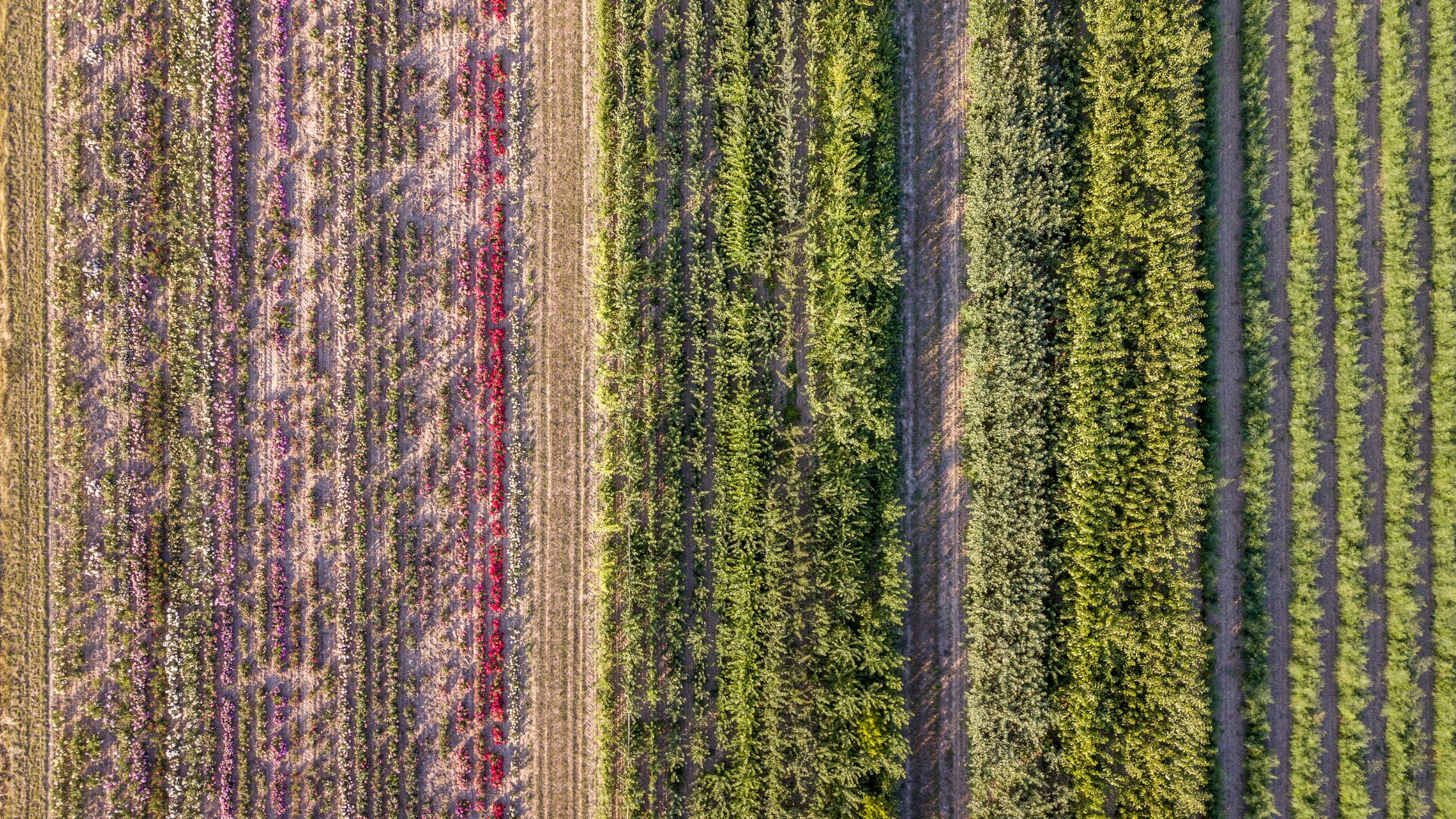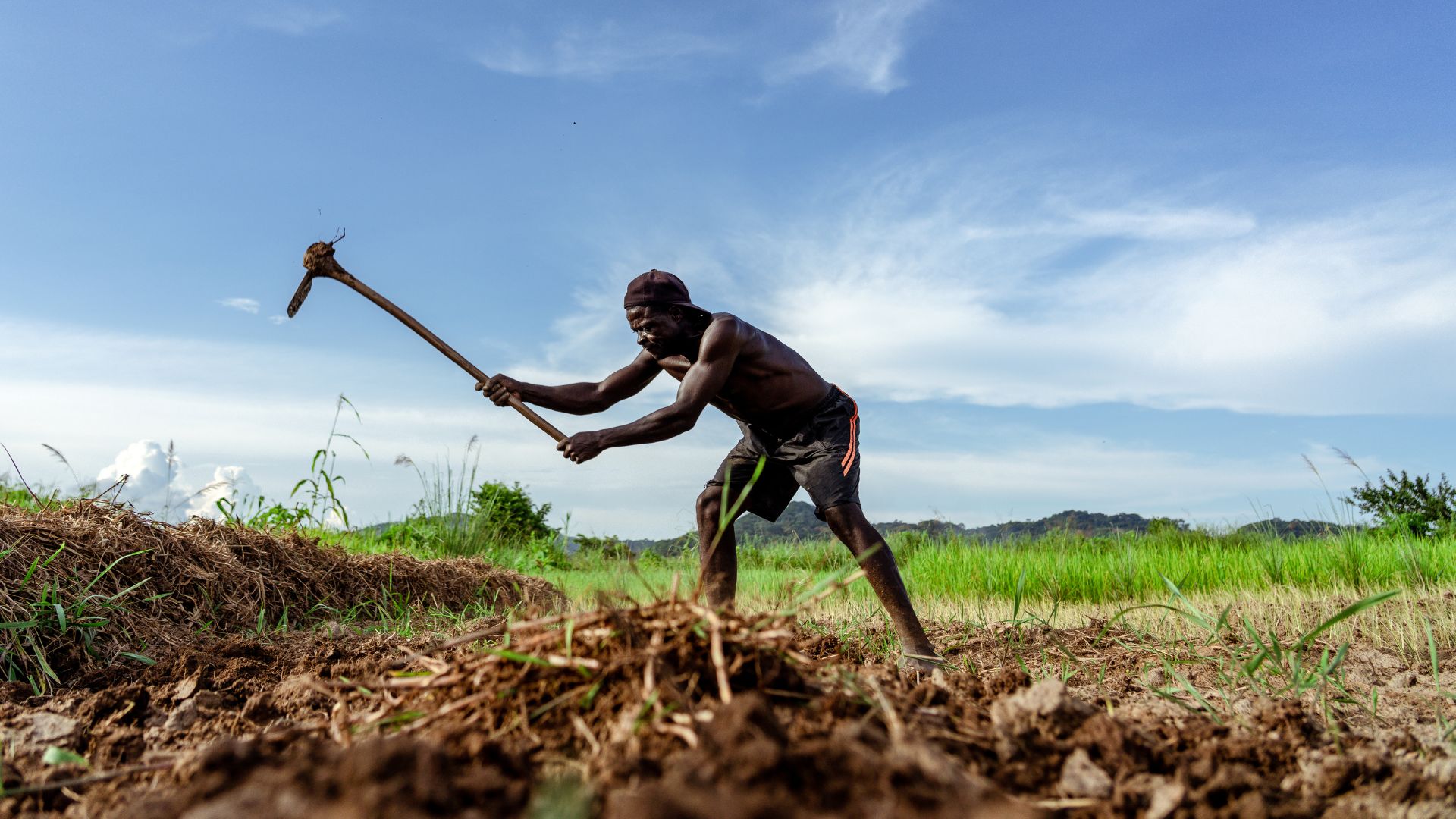The Great Agricultural Shift: Is This the End of the Traditional Farm?
Farming’s transformation could be making the way for a revolution in productivity – and rewilding.
Around the planet, farmers are getting older. Their children aren’t following in their footsteps. Why? Many reasons, but there are some key ones.
In the rich world, land is becoming unaffordable for budding farmers, and so the age of the average farmer is relentlessly rising: in the US and Europe, the average farmer is well into his 50s. Then there’s the extreme intensification of cropping: arable farming can make do with one full-time worker per 250Ha (ca. 620 acres). That’s the perfect lifestyle for misanthropes and hermits, but not for anyone else.
In poorer countries, farming usually means smallholding, and smallholding almost always means backbreaking work, deep poverty, and sometimes hunger. No wonder city life is so attractive. But that leads to a nagging worry: won’t farming collapse as a result? No. Farming won’t stop because kids are not taking over their parents’ farms. Instead, two broad trends are emerging.
In the rich world, the sparing model (see the work of Andrew Balmford’s lab at Cambridge for details) is winning. Sparers think we can save the world’s biodiversity and feed it by maximizing agricultural productivity on a subset of available land, rewilding the rest, while sharers insist that the only way of achieving Nirvana is to share agricultural land with other species big and small.
The best lands are being bought up by corporate interests as old farmers retire or die. They are being consolidated into ever larger operations and are being run by managers deploying increasingly sophisticated technologies. These range from genetics, chemistry, AI, ICT and finance all the way to agroecological tricks like crop rotations, cover crops, livestock integration and agroforestry.
The best lands are being bought up by corporate interests as old farmers retire or die.
They produce more and more stuff – and more and more profitable stuff – per unit of land, while seeking to reduce soil damage. Meanwhile, more marginal lands are being abandoned and are reverting to forests. They are rewilding. That phenomenon is particularly prominent in Europe, where wildlife populations, including of top predators such as bears, jackals, wolves and lynxes, are exploding.
But some farms are successfully using the sharing model. They are mixing crops, livestock and trees, and they’re the ones we tend to think of when we imagine a better, more climate- and biodiversity-respecting farming. Those growing fruits and vegetables may use some variation of permaculture and agroforestry.

Those growing row crops may plant long alleys of trees in their fields. And those raising livestock may deploy superior grazing operations using management techniques inspired by André Voisin or Allan Savory, who were the first to codify what the world’s nomadic pastoralist have known for millennia: while grass can be grazed too intensively, it can also be grazed too little, and it needs a rest period before being grazed again – with the meanings of ‘intensively’, ‘too little’ and ‘rest period’ varying enormously with local context. Great grazing management is extremely dynamic and intensive.
Some of the techniques developed by sharing pioneers are spreading into corporate farming systems: windbreaks, tree lines, livestock integration etc. make sense, even on thousands of hectares, because of the additional resilience they bring.
Some of the techniques developed by sharing pioneers are spreading into corporate farming systems.
The developing world is splitting. On the one hand, pioneers of agricultural intensification such as Brazil and Argentina are being joined by the likes of India and China. Scales and toolkits vary – the giant farms of Latin America can easily be seen from space and are fully invested in the highest tech, while in South and East Asia, the intensification revolution is being carried out by tens of millions of smallholders, often deploying outstanding agroecological approaches such as Zero-Based Natural Farming (ZBNF), a low-cost farming system that avoids synthetic fertilizers and pesticides and relies on homemade amendments made from urine, cow dung, plant residues etc., and often includes agroforestry components. Pioneered in 2016, it has now been adopted by millions of farmers across India.
There too, sparing is winning, with rewilding benefits: for example, elephant and tiger populations are rising in India. But it’s sparing with a twist: intensification in some regions still means bringing more land under cultivation – think of Brazil’s Amazon.
On the other hand, you have the least developed countries: those that economist Paul Collier grouped under the name “the bottom billion”. They’re the ones where a combination of factors make development extremely difficult. They include some African countries, but also places elsewhere – think Haiti, Afghanistan, Papua New Guinea, or Laos.

There, agronomic techniques are primitive, infrastructure usually missing, inputs rare, expensive, and often inappropriate; cultivation is usually done with hand tools, insecurity is high and social welfare systems are missing. Agriculture is about survival, not market sales; yields are low; and land degradation is ferocious. These are the only countries where human fertility rates are still high, with rapidly rising populations. Agricultural expansion is imperative to feed more people, but it means one thing, and one thing only, and that is bringing more land into production. It’s the worst kind of sharing.
As baseball star Yogi Berra said, “it’s tough to make predictions, especially about the future”. But I’ll throw my hat in the ring anyway.
Tens of millions of former farmers will move to the world’s crowded megacities, and many of their children will thrive there.
In a couple of decades’ time, we will have extraordinarily productive intensive farms on the world’s best agricultural lands; specialty sharing farms close to major cities; and spreading productive grazing operations integrating holistic management principles on many of the world’s grasslands. Corporate farming will spread. The number of smallholder farms will drop, except in the worst-governed bits of the planet.
Tens of millions of former farmers will move to the world’s crowded megacities, and many of their children will thrive there. There’ll be a lot of rewilding; some spread of biodiversity-rich sharing (especially in grazing systems), and worsening soil degradation and desertification in much of the bottom billion.
Figuring out how to fix the bottom billion, after decades of failed efforts, will be the challenge of the age.